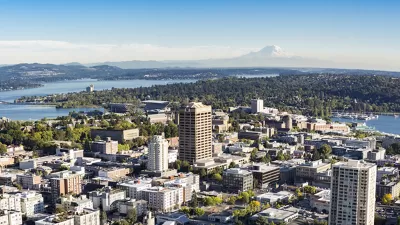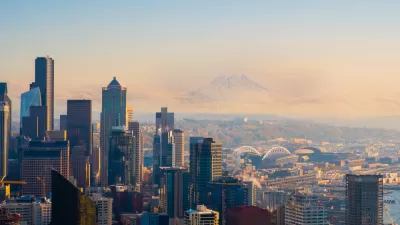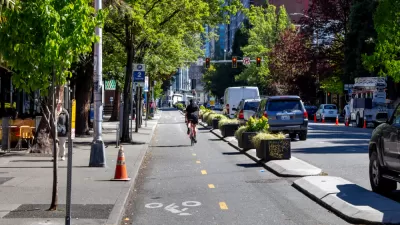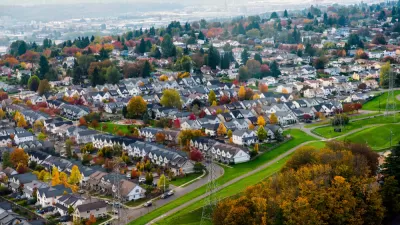With the city getting ready to update its comprehensive plan, one writer examines some models for improving affordability, accessibility, and community in Seattle.

“The reality of cities is that they are alive,” writes Natalie Bicknell Argerious in The Urbanist. “Cities, and the neighborhoods within them, are not fixed to a single moment in time or population of people. They grow and change as the waves of people who inhabit them age, move, take root, and die.” On the heels of a New York Times article asking a similar question about that city, Bicknell Argerious asks of Seattleites, “What do we want this city to be? And who do we want it to belong to?”
Based on a presentation Bicknell Argerious saw put on by University of Washington architecture graduate students, the answer, for those students, was simple: “They wanted the next Seattle to be a city they — a generation currently priced out — could choose to lead a quality life.” Bicknell Argerious notes that the student suggestions fell into four main categories: “increasing affordable housing choices, creating intentional community, maximizing access to green space, and finding creative ways to fill in the gaps in neighborhoods.” The article details the proposals students had for building affordable, mixed-use development that accommodate a variety of household types, businesses, and income levels.
As the city gears up to update its Comprehensive Plan, the author writes, now is the time for Seattleites to make their voice heard on issues of housing, zoning, land use, and their general vision for the future of their city.
FULL STORY: What Do We Want From Our Next Seattle?

Planetizen Federal Action Tracker
A weekly monitor of how Trump’s orders and actions are impacting planners and planning in America.

San Francisco's School District Spent $105M To Build Affordable Housing for Teachers — And That's Just the Beginning
SFUSD joins a growing list of school districts using their land holdings to address housing affordability challenges faced by their own employees.

The Tiny, Adorable $7,000 Car Turning Japan Onto EVs
The single seat Mibot charges from a regular plug as quickly as an iPad, and is about half the price of an average EV.

Seattle's Plan for Adopting Driverless Cars
Equity, safety, accessibility and affordability are front of mind as the city prepares for robotaxis and other autonomous vehicles.

As Trump Phases Out FEMA, Is It Time to Flee the Floodplains?
With less federal funding available for disaster relief efforts, the need to relocate at-risk communities is more urgent than ever.

With Protected Lanes, 460% More People Commute by Bike
For those needing more ammo, more data proving what we already knew is here.
Urban Design for Planners 1: Software Tools
This six-course series explores essential urban design concepts using open source software and equips planners with the tools they need to participate fully in the urban design process.
Planning for Universal Design
Learn the tools for implementing Universal Design in planning regulations.
Smith Gee Studio
City of Charlotte
City of Camden Redevelopment Agency
City of Astoria
Transportation Research & Education Center (TREC) at Portland State University
US High Speed Rail Association
City of Camden Redevelopment Agency
Municipality of Princeton (NJ)





























